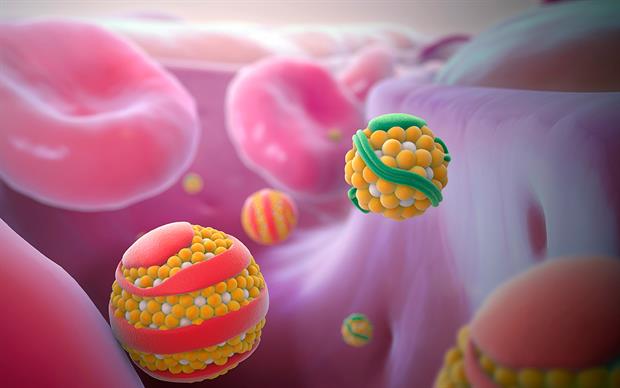We invest in scientific and technical excellence to develop and launch new innovative vaccines that meet the needs of patients and payers.
We have recently introduced breakthrough vaccines for shingles and meningitis B. We balance our focus on this robust pipeline with the active life-cycle management of our existing vaccines, helping to protect more people through expanded indications and geographies.
We have developed vaccines against 21 of the 31 diseases currently preventable by vaccination to help protect people at all stages of their life. We’re advancing our adjuvant technologies designed to enhance the immune response to vaccines. This is especially important for those who tend to respond poorly to vaccination, for example, immune-compromised patients and the older population.
Continued advances in technology, combined with a greater understanding of science and the human body means that we are now able to explore and – in the future - deliver new medical breakthroughs for some of the world’s biggest health challenges.
Our vaccines R&D efforts are centred around discovering and developing prophylactic and therapeutic vaccines to protect people against infectious diseases. Every disease has its own characteristics, and developing a vaccine to protect against any specific disease requires a unique approach.
Most diseases are caused by pathogens - typically viruses, bacteria or parasites - that attack the body’s natural immune system. Vaccines use inactivated or attenuated forms of these pathogens - or small inactive parts of them - to stimulate our natural immunity and so provide protection against infection.
The challenge faced by our scientists is to develop vaccines that incorporate the appropriate pathogen or component of the pathogen which will trigger our own immunity and provide protection against the actual pathogen.
Every disease, infectious or not, has its own challenges. Once a pathogen associated with a particular disease has been identified by our scientists, the specific part of the pathogen that induces the appropriate protective immune response needs to be identified. We often conduct this research in partnership with academic institutions, as they have a deep understanding of disease biology and pathology.



